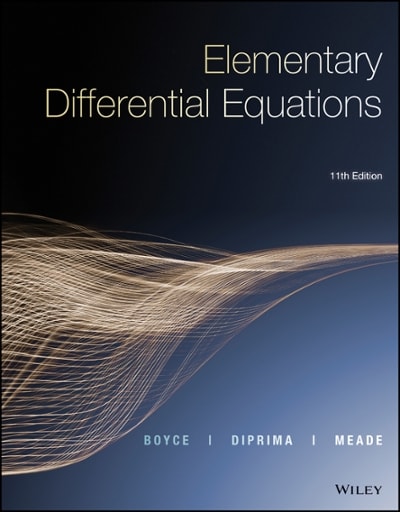Question
2. Use the data BEAUTY_SMALL.DTA which is a subset of the data used by Hammermesh and Biddle (1994). (a) Find the separate fractions of men
2. Use the data BEAUTY_SMALL.DTA which is a subset of the data used by Hammermesh and Biddle (1994). (a) Find the separate fractions of men and women that are classied as having above average looks. Are more people rated as having above average or below average looks? (b) Now estimate the model lwage = 0 + 1 belavg + 2abvavg + u separately for men and women, and report the regression output. (c) In both cases in part (b), interpret the coe cient on belavg. Explain in words what the hypothesis H0 : 1 0 against H1 : 1 < 0 means, and nd the p-values for men and women. (d) Is there convincing evidence that women with above average looks earn more than women with average looks? Explain. (e) For both men and women, add the explanatory variables educ, exper, exper2 , union, goodhlth, black, married, south, bigcity, smllcity, and service. Do the eects on the "looks" variables change in important ways? 1 (f) Use the SSR form of the Chow F statistic to test whether the slopes of the regression functions in part (e) dier across men and women. Make sure you allow for an intercept shift under the null (i.e., when nding SSRp be sure to include female in the model). See slide #252 in the second set of lecture notes.
Step by Step Solution
There are 3 Steps involved in it
Step: 1

Get Instant Access to Expert-Tailored Solutions
See step-by-step solutions with expert insights and AI powered tools for academic success
Step: 2

Step: 3

Ace Your Homework with AI
Get the answers you need in no time with our AI-driven, step-by-step assistance
Get Started


